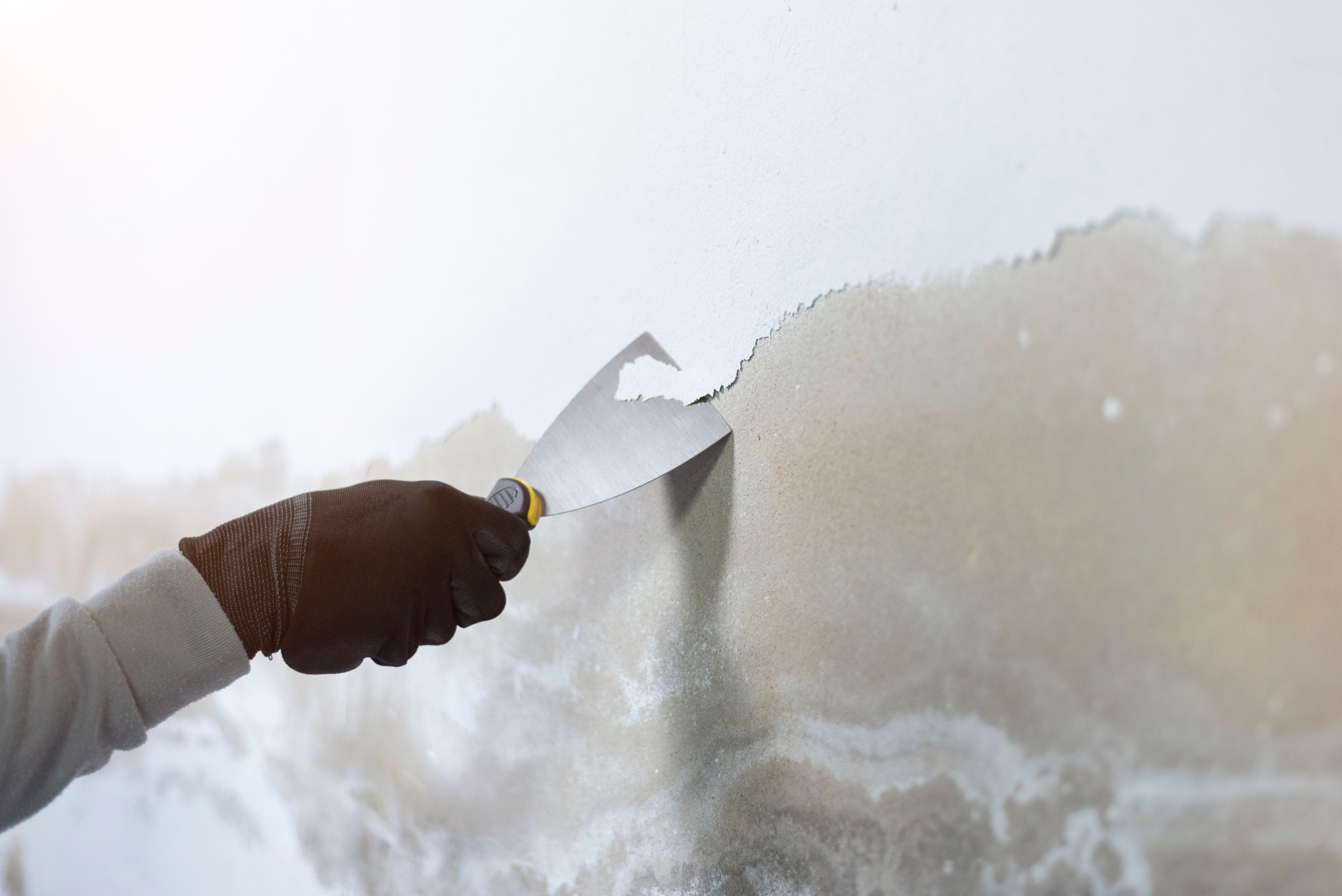
When the time comes to redecorate, knowing how to strip old paint from walls is a key DIY task. As with any manual undertaking, what might look to be easy is actually something that requires a combination of planning, preparation and careful execution. It’s also vital to use the right products and processes.
As with any home improvement project, it’s important to not only be well-informed about what’s involved before you start, but also to allow yourself enough time.
While a professional painting service might be able to strip the walls quickly, even the keenest DIYer should expect it to take considerably longer. With that in mind, let’s look at the different options available for stripping old paint from walls.
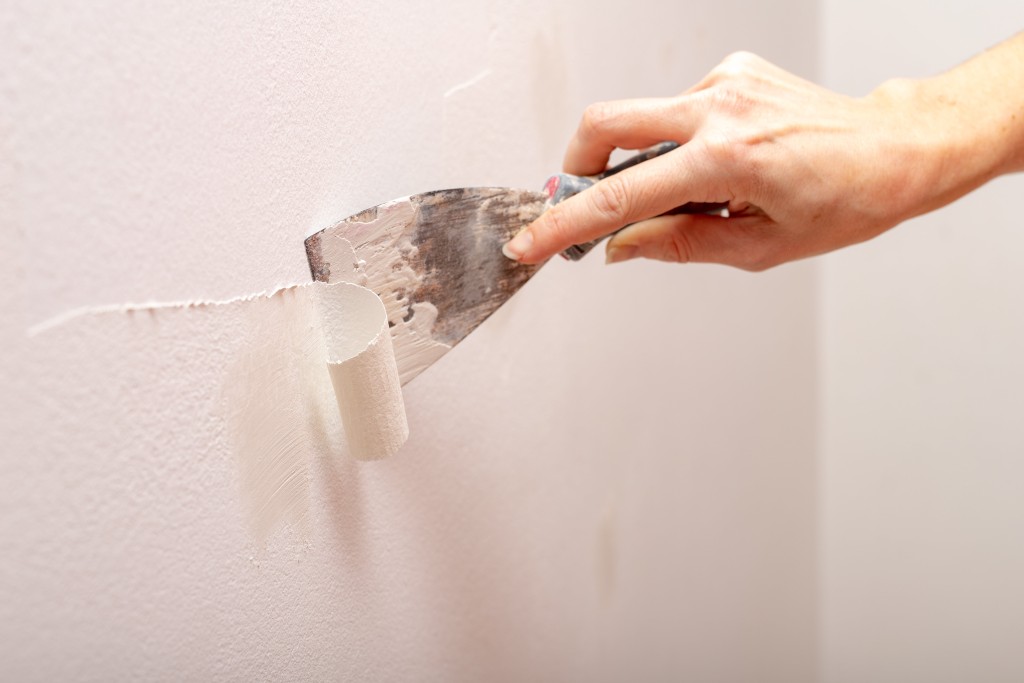
The Art of Stripping Old Paint from Walls: 4 Steps to Success
Before you even don your overalls, the crucial first step is to understand what the task entails. Not every redecoration requires the paint to be removed – there are times when you can simply layer over what’s already in place.
However, there are many cases where it’s essential to strip the layers of old paint away before beginning the decorative transformation.
Step 1: Do you need to strip the paint?
Light-coloured, recently decorated walls might be suitable to paint over. However, if any of the following exist, then you will need to strip away the old paint before starting.
-
Poor condition:
If the paint is bubbled, cracked, flaked, chipped or peeling then it’s essential to strip this away. This is also true of the bubbles that are beneath the surface of the paint but haven’t caused it to crack. Paint is quite flexible, meaning small amounts of moisture or air that are trapped beneath it might just disrupt the surface, rather than cause actual damage. But if you paint over this, the anomalies will still be evident.
Read more on : Can You Paint Over Cracked Paint? -
Darker colours:
Even if you’re covering this with another dark colour, it can cause issues with tone and shade. Far better to strip this away and paint over a neutral surface.
-
Age and existing paint layers:
Some walls have been painted over and over again. This is particularly evident in older properties or those that have had multiple short-term residents (such as rentals where a quick lick of paint is applied between tenants to freshen the place up). However, this can lead to paint adhesion issues or, in the case of buildings dating to the mid-20th century, paint that contains lead.
If there’s any chance that the paint that needs removing does contain lead, you should consult an experienced painting service to ensure this is done correctly and safely.
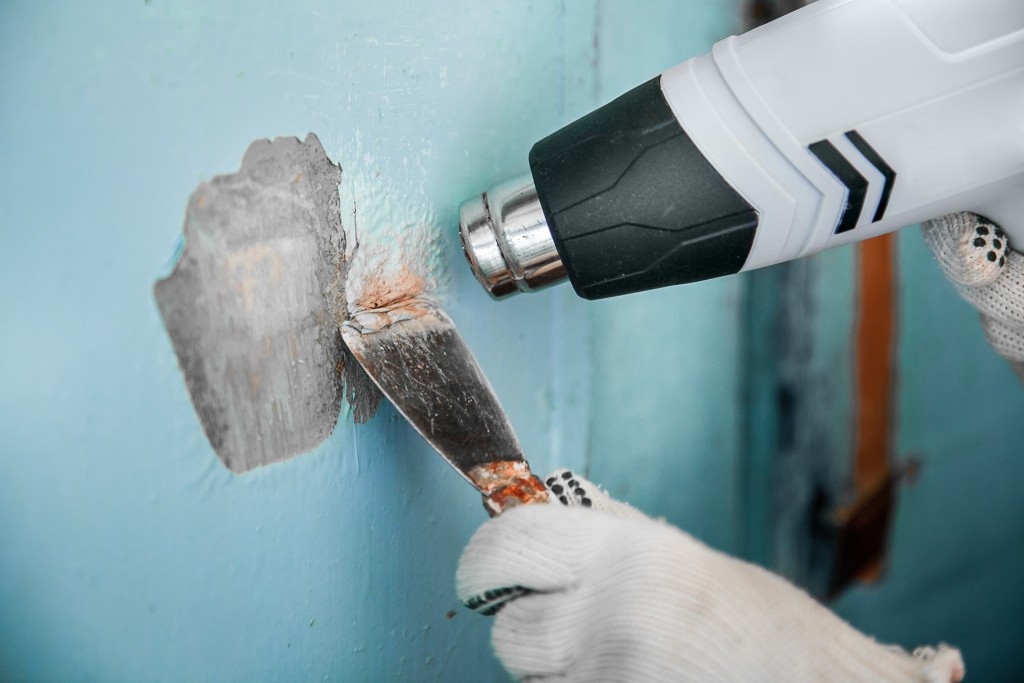
Step 2: Choosing your paint removal processes
There are three ways to strip paint from walls: heat, chemical and manual removal.
-
Heat guns and steam cleaners:
This uses heat (heat guns) or the combination of heat and moisture (steam cleaners) to cause the paint to bubble away from the surface. You then use a paint stripper to manually remove it.
-
Chemical paint removal:
A chemical solvent is applied to the walls, which causes the paint to bubble and begin to lift away. A scraper is then used to lift the paint away. Depending on how many layers there are, this might need to be done multiple times. Once complete, the chemicals must be neutralised with a mineral rinse before the surface is ready to repaint.
-
Manual paint removal:
This includes sanding and scraping, using a pressure washer or utilising specific tools that are made for the process.
Which method is best will depend on the location (some methods, such as a pressure washer, are really only suitable outside), how thick the paint is and how important it is not to damage the surface. For example, manual scrubbing and scraping methods will almost always cause light damage.
Chemical removal is often the preferred method, although small areas might be better served with heat guns or gentle sanding. If you’re keen to be environmentally friendly, solvent-free, water-based paint stripping products are readily available.
Whichever method you choose, test a small area first to ensure that it suits your requirements.
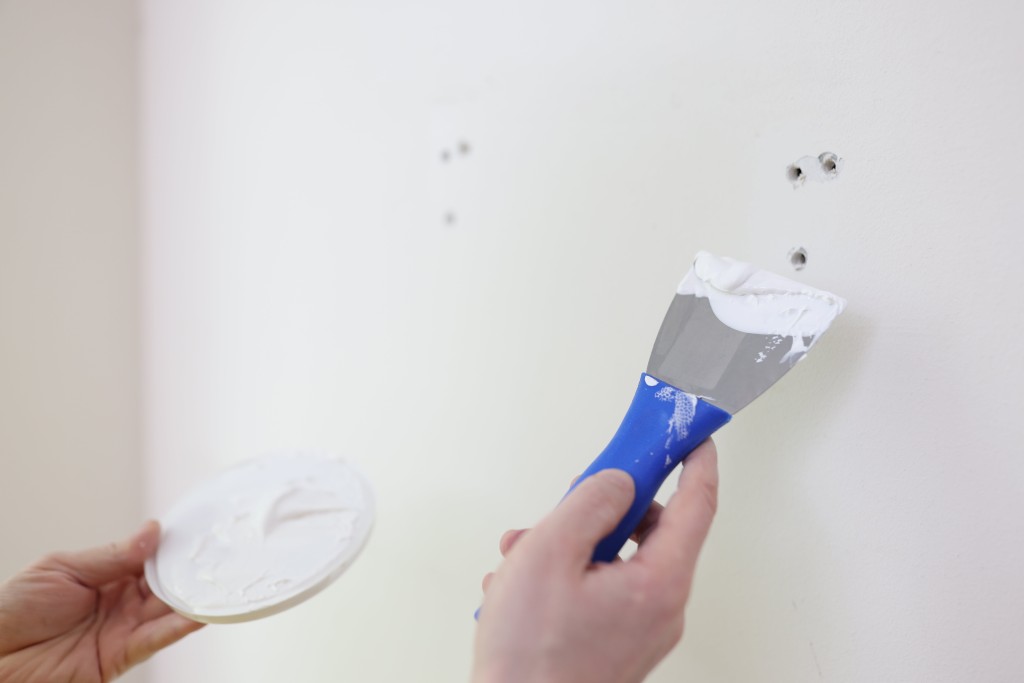
Step 3: Preparation
Once you’ve chosen your method of paint stripping, it’s time to prep.
-
Mask and protect the area:
Use protective sheets over all the ground surfaces and surfaces. If inside, ensure the area is well ventilated.
-
Clean the walls:
Use a sponge and sugar water to clean away debris and dirt build-up.
-
Fill and repair any cracks and holes:
Using the appropriate filler.
-
Sand down the walls:
This begins the process of agitating the original paint that needs to be removed.
Read more on : How to Prepare Your Walls
Step 4: Use your chosen method to strip the old paint off the walls
Whichever method you use, be sure to wear personal protective equipment (PPE). Paint removal (even without chemicals) releases tiny particles that can be damaging if breathed in.
PPE should include:
- A dust mask or ventilator.
- Gloves.
- Safety goggles.
- Appropriate footwear.
Don’t rush the process. Some walls require multiple passes to fully remove the old paint. The resulting quality of the re-paint will be determined by how well you strip off the old, so don’t be tempted to take shortcuts.
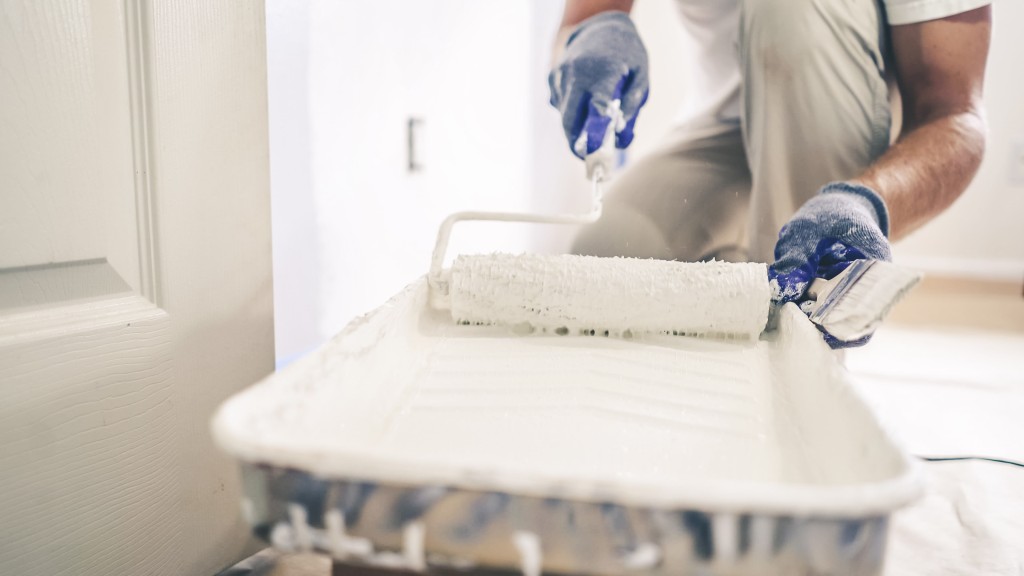
Prefer to Leave It to the Experts? Elite Painting Can Help
Knowing how to strip old paint from walls correctly is something that many people would rather leave to a professional painters. Elite Painting offers a leading service that encompasses everything to do with painting, from preparation to the beautifully finished product.
Beautiful finishes are in our DNA, and our talented tradies are passionate about paintwork transformation. Get in touch with our friendly team today!
